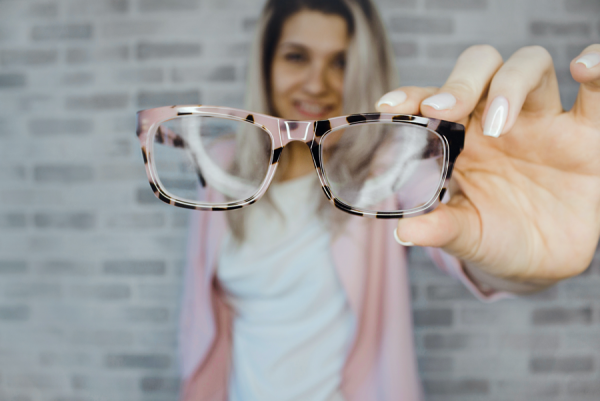
-- The “Not So Highs” and “Lows” of Myopia: Degrees of Myopia that Drive Greater Risk of Blindness
Myopia (nearsightedness) is a condition in which close objects are visibly clear, while distanced objects are blurred. This is understood as a refractive disorder that occurs as the eyeball elongates (gets longer). Myopia can cause exponentially more serious complications if the refractive error is severe, -5.00D or worse.
People with myopia have good near vision, and poor distance vision.
Gary Rodney, founder of Smart Vision Optometry and Fellow of the International Academy of Orthokeratology and Myopia Control (FIAOMC), explains the different degrees of myopia and how it leads to a great risk of age-related blindness.
The causes of myopia traditionally include genetics and the working environment. Now we are seeing that there does not have to be any evidence of genetic tendencies and a simple lifestyle can cause myopia to develop. Genetics simply makes the problem worse. The lifestyle factors include doing work focusing on close objects, like a computer screen, digital device, or book and/or less time outdoors in the daylight.
Rays of light that enter the eye, also influence the development of myopia. “Vision is made clear as light rays enter the eye through the cornea and lens, which bend the light to the retina at the back of the eye,” says Rodney. This gives a clear and sharp image. Therefore if a person is experiencing blurry vision they are experiencing a refractive error, as the light rays are not focused correctly at the back of the eye.
If not treated for prevention and not just compensation, myopia can progressively advance, causing other disorders that can result in blindness.
Low myopia
Low Myopia is the most common. Low to moderate myopia is usually measured at less than -500D.
While there is no cure, vision treatment, management and control can be influenced using Smart Vision Optometry proprietary techniques with glasses, lenses or orthokeratology (Ortho-K). Ortho-K has been shown to produce a reduction in the rate of progress of myopia.
Studies have shown that children who spend long hours doing outside activities are at a lower risk of myopia. Progressive nearsightedness/myopia can cause vision impairment, including cataracts, macular degeneration, retinal detachment and myopia maculopathy.
High myopia
High myopia can lead to blindness. High myopia can be at least -500D or worse.
High myopia, also called pathological myopia, is where the abnormal elongation of the eyeball that occurs in pathological myopia stretches the tissue at the back of the eye and leads to the development of detachment, floaters and halo. The retina is more stretched and therefore much more prone to peripheral retinal tears.
Studies have shown that the higher myopia, the bigger the risk a person has of developing glaucoma. “As myopia worsens, retinal nerve fibre layers and macular thickness charge, increases the risk of glaucoma,” says Rodney.
Common risks to blindness led by myopia include retinal detachment, cataracts and glaucoma. These disorders may lead to visual impairment and blindness.
Retinal detachment
A thinned retina can cause retinal breaks. “Retinal detachment occurs when the retina detaches from the back of the eye,” says Rodney, and “if this detachment is not repaired urgently, it can cause blindness.”
Glaucoma
Glaucoma is associated with damage to the optic nerve caused by increased pressure in the eye chamber.
Glaucoma is found significantly in those with myopia. In some cases, the eye can stretch out of its shape resulting in a refractive error. “The cause of high myopia inpatients should be examined,” says Rodney.
Cataracts
Cataracts are common among people with myopia. “This condition occurs when the eyes lens, located behind the pupil, has a cloudy appearance,” says Rodney.
Patients with high myopia can develop cataracts earlier than those with no refractive errors.
Smart Vision Optometry clinics are located in Sydney. Book a Smart Vision Comprehensive Vision Skills Assessment or Advanced Eye Health Test for any child or adult by calling the Mosman clinic (02) 9969 1600 or the Bondi clinic (02) 9365 5047, alternatively book an appointment online.
Release ID: 89045967

